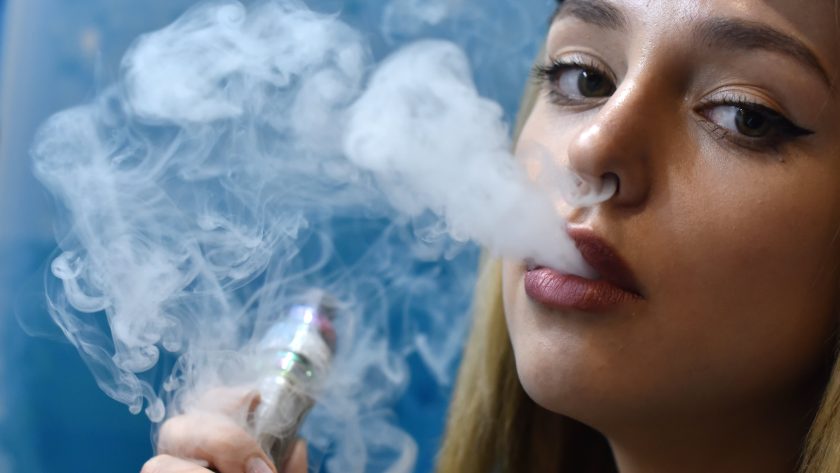In recent years, Cake Disposables Vaps has emerged as a controversial trend that has captivated the attention of both enthusiasts and skeptics alike. Popularized as a supposed healthier alternative to traditional smoking, vaping has created a subculture of its own, complete with unique devices, flavors, and a growing community of advocates. However, this phenomenon is not without its fair share of concerns and criticisms.
Vaping, or the act of inhaling and exhaling vapor produced by an electronic device, was initially introduced as a way for smokers to wean themselves off traditional cigarettes. Proponents of vaping argue that it offers several potential benefits, such as reduced exposure to harmful chemicals found in combustible tobacco products. Additionally, vaping allows users to choose from a wide variety of flavors, ranging from classic tobacco to innovative fruit blends, providing a customizable experience that traditional cigarettes cannot replicate.
One of the significant advantages of vaping is its potential harm reduction aspect. Research suggests that vaping might be less harmful than smoking due to the absence of combustion, which reduces the intake of carcinogens and other toxic substances associated with burning tobacco. This aspect has led some individuals to transition from smoking to vaping, believing that it could offer a safer alternative and potentially aid in quitting altogether.
However, the vaping phenomenon is not without its downsides. Concerns have been raised regarding the long-term health effects of inhaling vaporized substances into the lungs. The lack of extensive research on the effects of vaping over extended periods leaves a cloud of uncertainty over its true impact. Furthermore, the allure of enticing flavors and sleek devices has led to a surge in vaping among adolescents, prompting worries about nicotine addiction and its potential gateway effect to traditional smoking.


